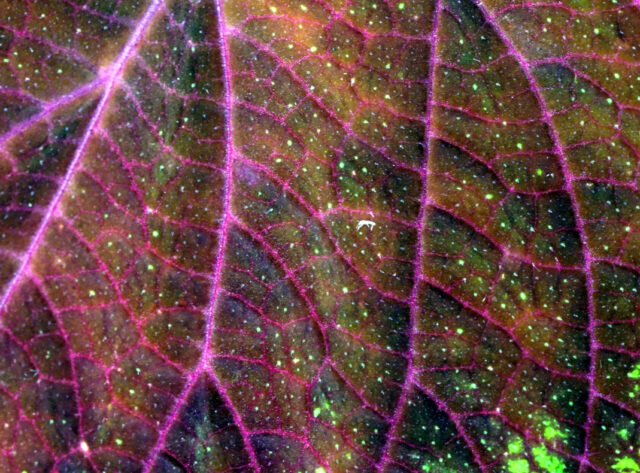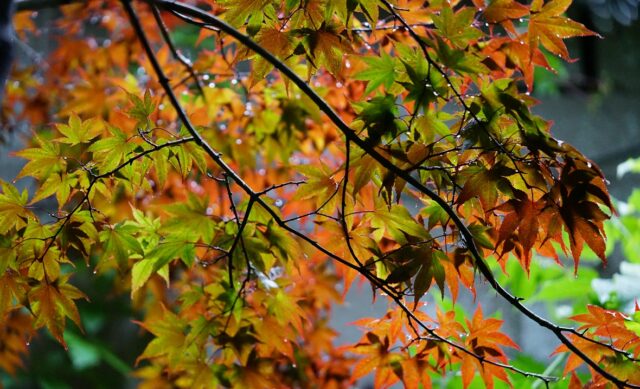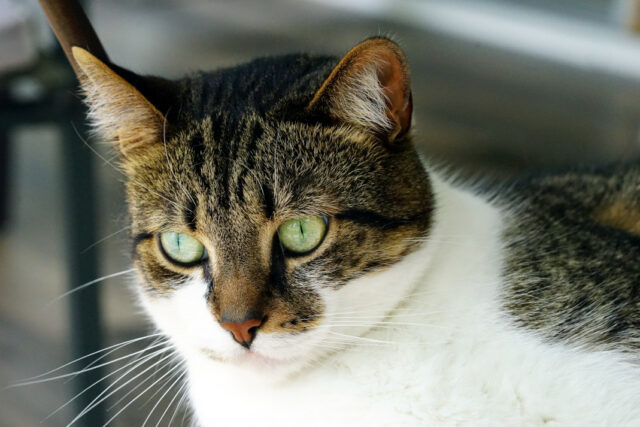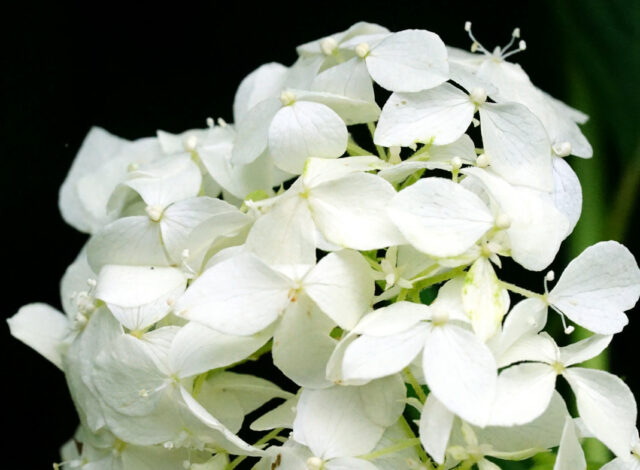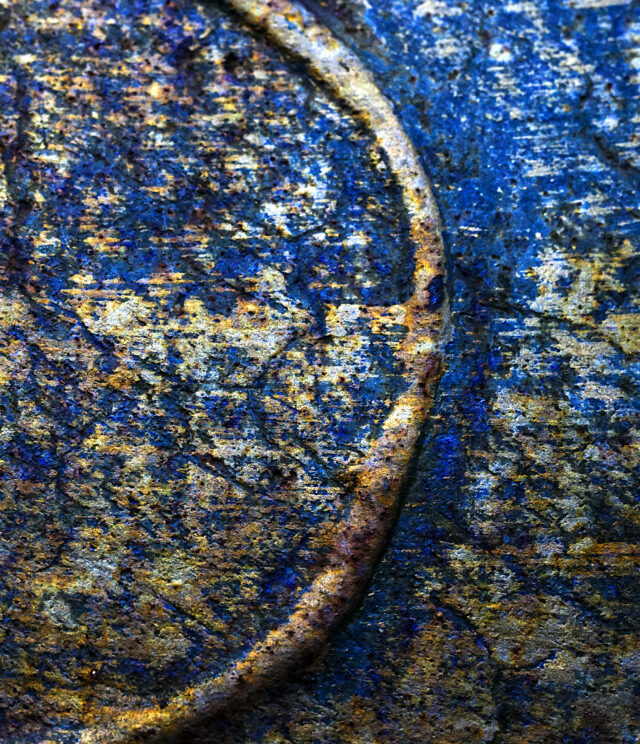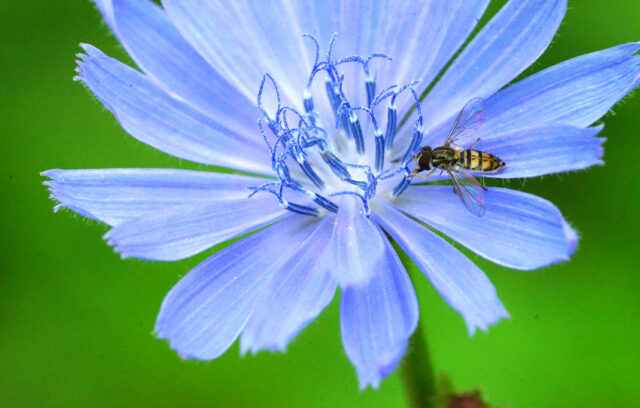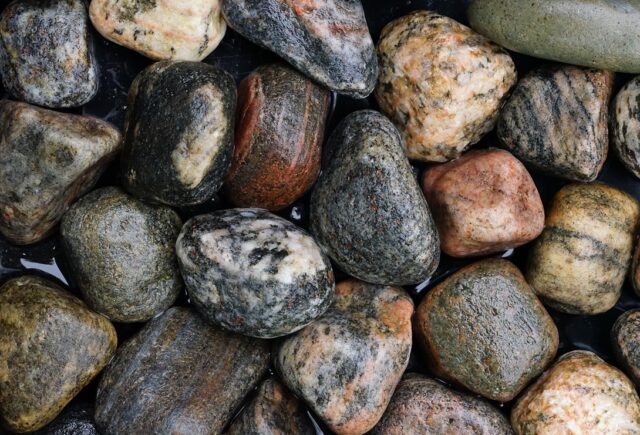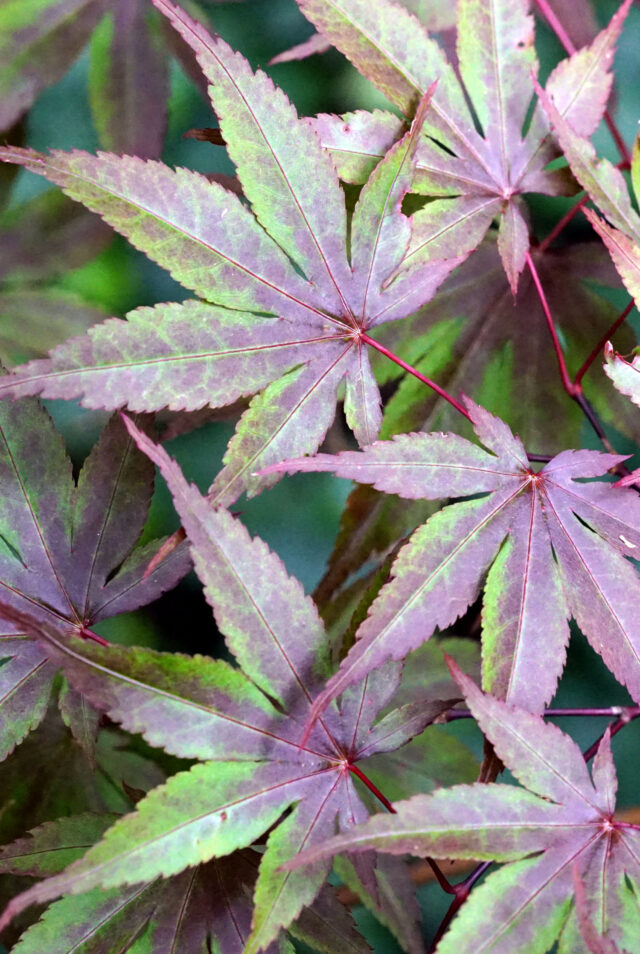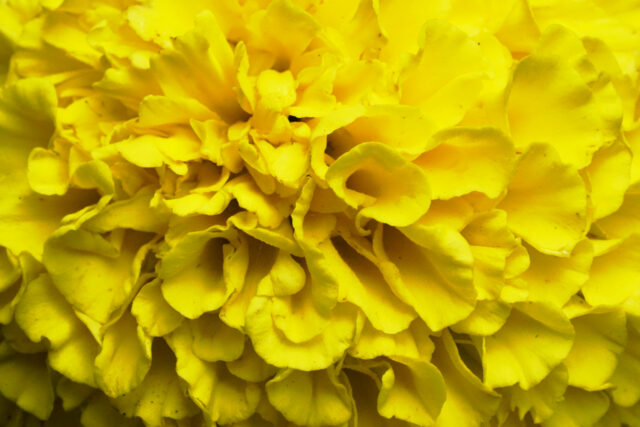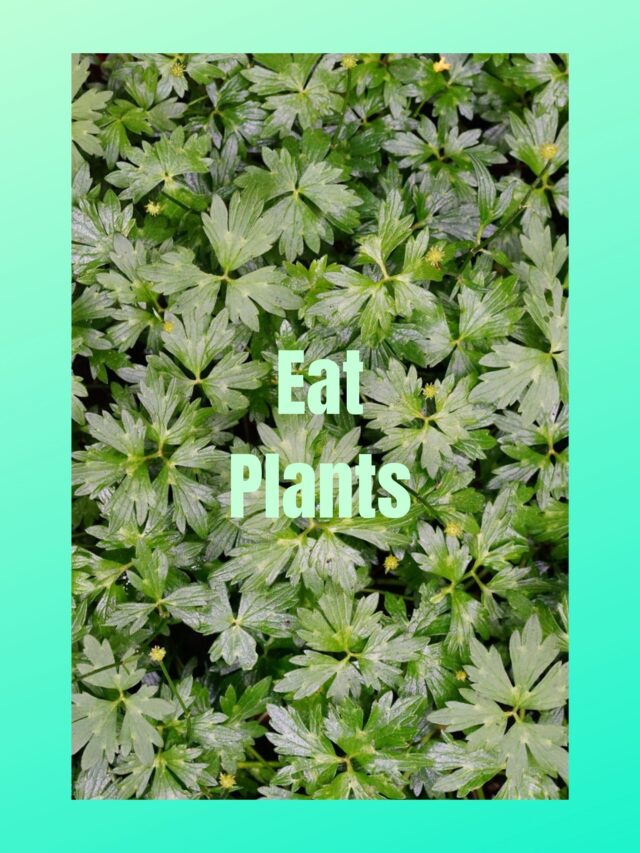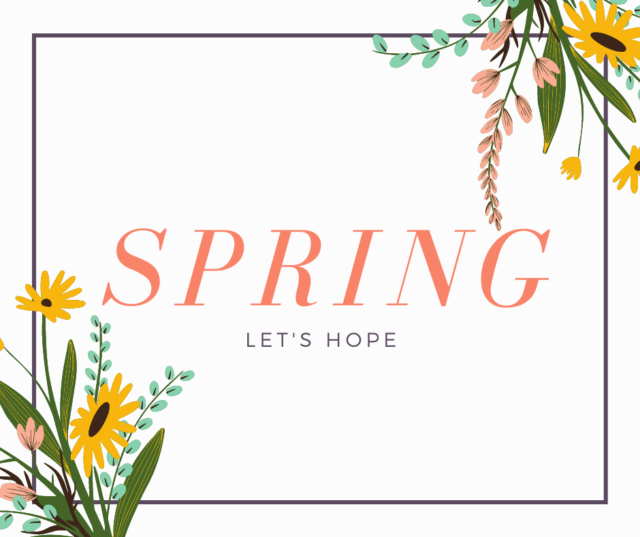Ms. GAuthor Archives
When It’s Not Raining

I’ve been reading, too.

I came to know David Chariandy’s work through his young adult novel, Brother. I recently re-read it with a reluctant reader in my credit recovery class. We both loved its sympathetic and blunt portrayals of characters and of the sting of racism within Toronto!
This little book is addressed to the Vancouver writer’s young daughter, who, like him, is of mixed heritage. He expands on his background, his parents from Trinidad, and experiences in Canada, visiting Trinidad, and around the world. Much like in Brother, he shares stories of culture and belonging. He writes of the challenges his daughter will face growing up in Canada, a country full of opportunity but also full of racism, classism and anti-feminism.
In one message to her, he implores:
“You did not create the inequalities and injustices of this world, daughter. You are neither solely nor uniquely responsible to fix them. If there is anything to learn from the story of our ancestry, it is that you should respect and protect yourself; that you should demand not only justice but joy; that you should see, truly see, the vulnerability and the creativity and the enduring beauty of others. Today, many years after indenture and especially slavery, there are many who continue to live painfully in wakes of historical violence. And there are current terrible circumstances whereby others, in the desperate hope for a better life, either migrate or are pushed across the hardened borders of nations and find themselves stranded in unwelcoming lands. We live in a time, dearest daughter, when the callous and ignorant in wealthy nations have made it their business to loudly proclaim who are the deserving “us” (those really “us”) and who are the alien and undeserving “them.” But the story of our origins offers us a different insight, The people we imagine most apart from “us” are, oftentimes, our own forgotten kin.”
Though published in 2018, the book is made even more relevant by the pandemic and its pushing open of Canada’s need to address its multifaceted problems. I highly recommend it for its brevity, lyrical writing and powerful message.
Next, I’m well into Barack Obama’s Promised Land.
Summer 2021 Wishes
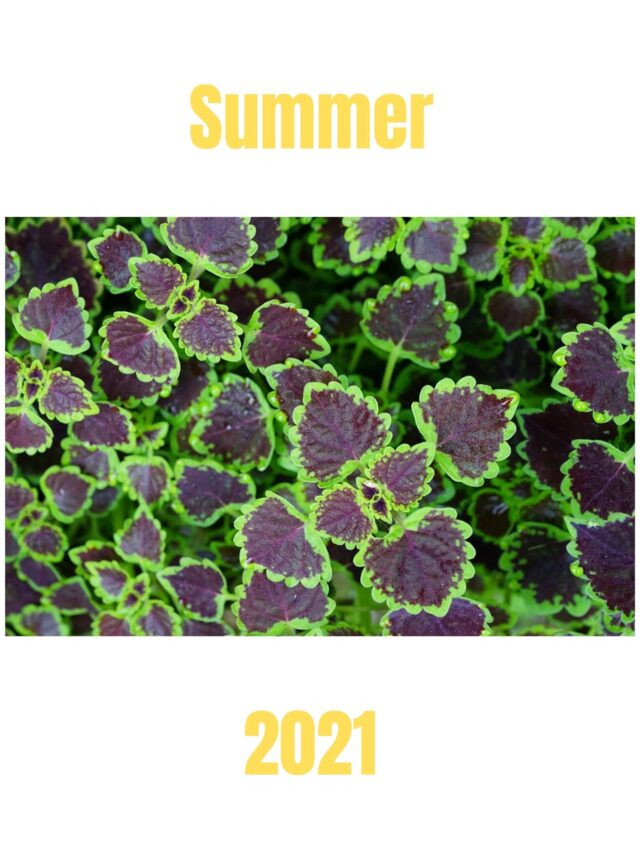
Hopefully Ontario won’t screw things up and move too fast on re-opening. While I enjoy going out and into a few stores (as long as they are not crowded), I don’t want to take it for granted that Delta variant is out there and we are all still held hostage to it in a way.
So, my wishes are:
vaccination rates increase EVEN more
people get to see their family and friends (safely)
students read something NOT on a screen
the weather permits lots of outdoor gathering
everyone stays healthy and safe!!
Dancing Cockatoo
There’s more to animal videos than cats, apparently. Val shared this dancing cockatoo. But more importantly, there are two cockatoos. One seems to be embarrassed by the other. Sounds like how Shadow feels about Richard.
Have a watch for a smile. And keep your eye on the bird on the left (even though it’s hard to stop watching the adorable dancing bird).
My Sentiments Today
Especially for my history students.
And Saturday is my Sudoku day:)
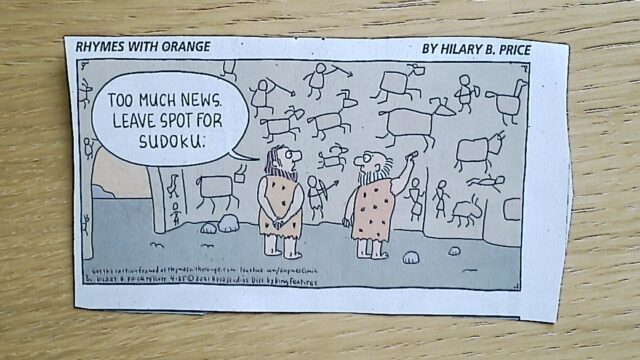
Better Times Will Come
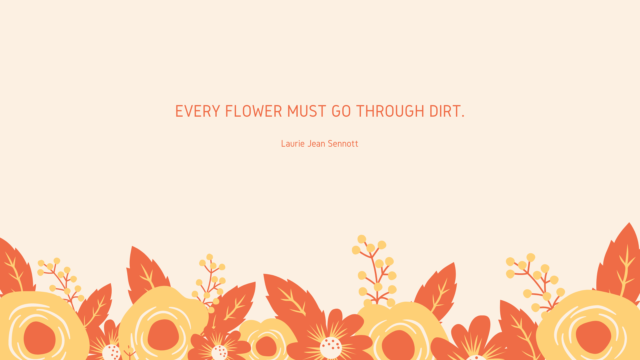
Working outside in the backyard yesterday reminded me that all plants struggle to make it above ground, especially the ones in my super shady backyard full of aggressively digging squirrels.
We will make it through this third wave.
Ms. K’s Last Day
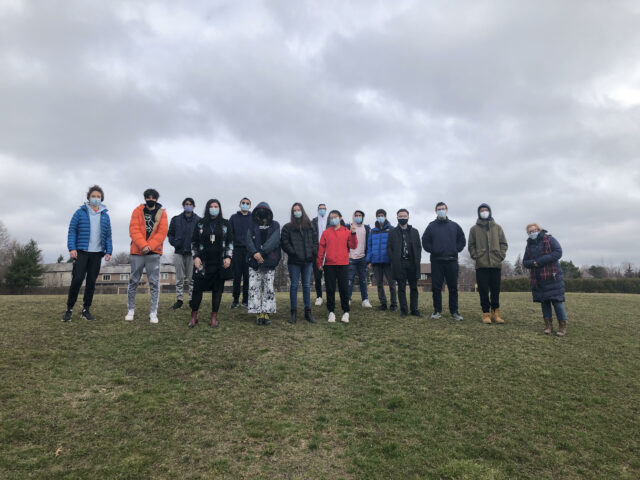
Sorry, virtual class. I meant to take a pic with Ms. K in front of the screen with you but my camera didn’t have a card in it!
A Hard Book To Read But So Worth It
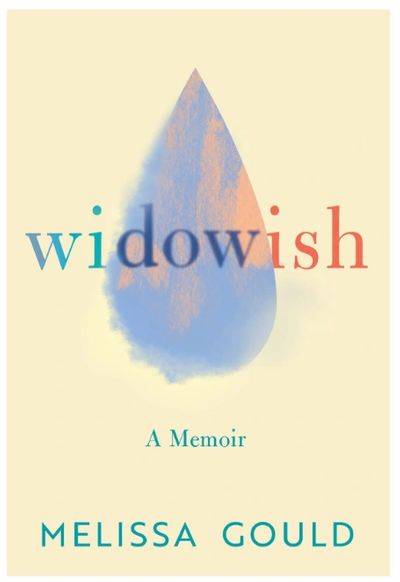
The author of this book, Melissa Gould, is my cousin. She was married to my cousin Joel, who died about eight years ago. Joel had MS and was struggling, but then he got West Nile Virus and could not be helped. He was 50 years old. Their daughter was only 13 at the time.
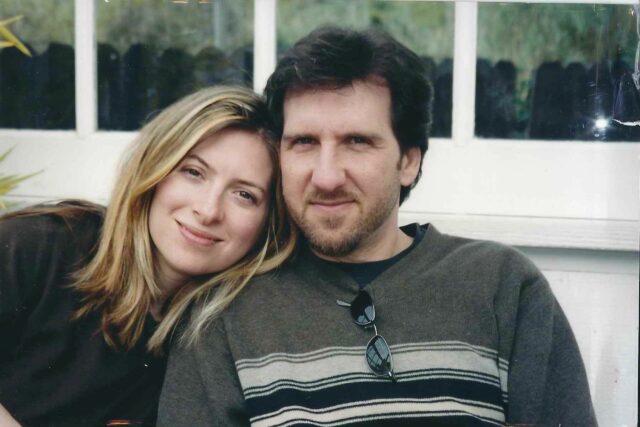
Melissa, who was a screenwriter for tv shows, recently wrote this memoir of her experiences with Joel and without Joel.
Getting through it was both hard and easy. I cried a lot to the point I had to put cucumber on my eyes to depuff them and stop them from stinging. But I also couldn’t put the book down and finished in a few hours Normally I am a slow reader. I just had to know how Melissa was going to figure life out without her beloved husband.
And she has.
As I often do upon finishing a book, I wrote to Melissa via her website. She was kind enough to answer and was pleased that I related some of my best memories of Joel.
Life is very precious and we must live every day in a meaningful way. Even during a pandemic. There’s nothing more to say than that.
Richard has an inquiry
Our cat is a curious little man.
Perhaps if you like the sound of running water you’ll enjoy this.
My apologies to the earth for the wasted water – VAL was the photographer, not me.
Sometimes I just don’t know what to say.
